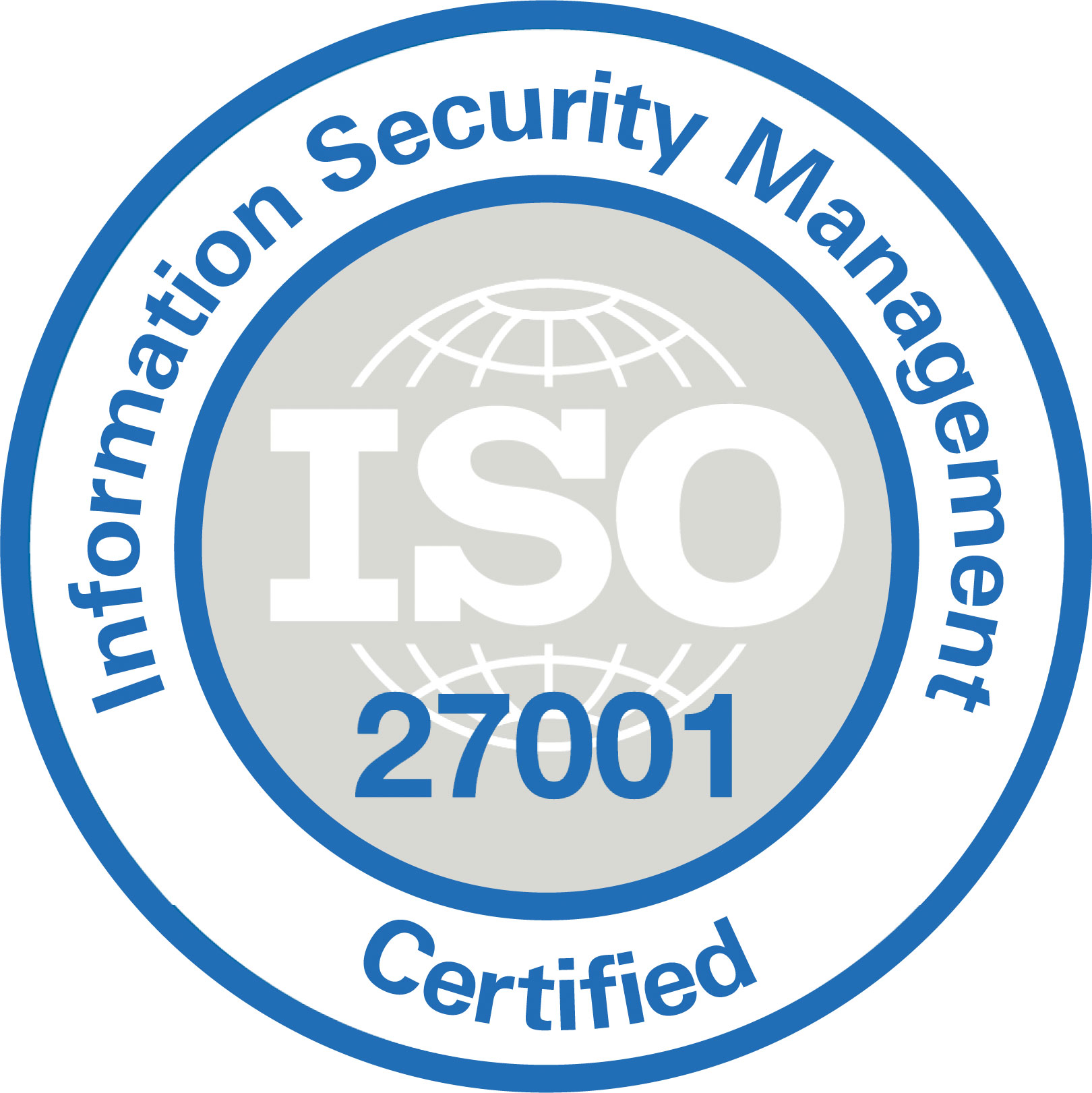- Solutions
- The Company
- About usCartrack offers smart fleet solutions guaranteed to optimise your fleet and workforce, no matter how big or small your business.
- Investor RelationsCartrack has a history of strong cash flow generation and cash conversion, low financial leverage and strong dividends.
- CareersCareers portal. View all the current Cartrack career openings and opportunities available.
- Resources
- Contact Us
- Bahasa
- Login
Predictive Analytics in Fleet Management - Gain the Competitive Advantage

---- 2023/10/20 ---
Predictive analysis is a powerful tool used by businesses to improve their operations, which is why predictive analytics is essential in the workplace. Essentially, it helps simplify business insights while playing a pivotal role in fast-tracking a company’s road to success.
Whether you need a forecast of the next day’s sales or want to determine which branch or distribution centre has the highest demand at a specific time, predictive analytics tools give you the head start you need for insightful decision-making.
Sit tight as we show you how predictive analysis works, its crucial role in thriving supply chain and fleet operations, and how you can implement this powerful tool in your business.
The different types of data analytics:
-
Descriptive analytics: What happened?
So, let’s say you want to look at your fleet drivers’ productivity over the past business quarter. By enabling a descriptive analysis process, you can gain valuable insights that support smart decisions for improving future driver productivity. Descriptive analytics is a great starting point if you want to transform data into a powerful tool that provides actionable insights.
Also, being able to use basic statistical software like Google Charts or Microsoft Excel to identify different trends and relationships makes descriptive analytics an accessible, user-friendly tool.
-
Diagnostic analytics: Why did this happen?
Most fleet managers would want to determine what’s causing the premature ageing of fleet vehicles. After using descriptive analytics to identify trends related to untimely vehicle ageing, diagnostic analytics is the logical next step for pinpointing why these trends exist.
For example, insights on harsh-braking activity can indicate why tyres are prematurely worn out, giving fleet managers a solid basis for solving the issue and saving on costs for premature tyre replacements.
Concepts closely linked to diagnostics analysis like hypothesis testing, diagnostic regression analysis, correlation, and causation make the process more complex than descriptive analytics, but using algorithms and basic stats software like Excel makes the process more straightforward.
Menjawab pertanyaan "mengapa ini terjadi?" Setelah Anda menggunakan analitika deskriptif untuk mengidentifikasi tren, langkah selanjutnya adalah mengidentifikasi penyebabnya. Misalnya, analitika diagnostik dapat membantu menentukan mengapa kendaraan mengalami penuaan prematur.
-
Prescriptive analytics: What next?
Want to take some guesswork out of budgeting for your fleet? Prescriptive analytics is an ideal tool for getting data-driven answers to those “what if” questions that may be keeping you up at night. Conducting prescriptive analysis allows your business to look at crucial factors like future revenue and maximise your budget by determining the best course of action. And the more data you have available, the better the results you’ll get from the process.
Machine-learning algorithms are a popular way to efficiently plough through large amounts of data and achieve refined, accurate results. By simply using phrases containing the words ïf” and “else,” as part of the analysis process, you can start gaining valuable recommendations based on your specific business needs.
-
Predictive analytics: What may happen in the future?
One of the most challenging tasks for businesses is identifying the best course of action. In both fleet management and supply chain businesses, it’s critical to ensure your vehicles stay on the road as much as possible. By gathering a range of data, the predictive analysis process helps you forecast future events that may contribute to vehicle downtime so you can develop innovative strategies to avoid them.
There are different predictive analytics tools you can use to get the insights you need. Regression analysis, for example, determines the relationship between two variables, also known as single linear regression. In comparison, multiple regression refers to three or more variables. Ultimately, predictive analysis helps your business formulate solid, data-driven strategies and drives intelligent choices by supporting proactive decision-making.
Predictive analytics is a very useful tool for identifying the best actions in the future. In both fleet management and supply chain businesses, predictive analytics helps predict future events that may affect operations and helps take the necessary actions.
Predictive analytics also contributes to more innovative risk management, a focus on customer satisfaction, and allows supply chain companies to optimize the overall efficiency of their operations. With access to detailed data analysis, businesses can make predictions that help in fleet and supply chain operations, and overcome competitors with more innovative risk management.
If you adopt predictive analytics technology in your business, you can better understand operational efficiency. The predictive analytics process can be divided into three steps: data collection, data transmission, and data processing & analysis. With these steps, you can develop working strategies and optimize operations.
Predictive analytics helps businesses in collecting data that can help in identifying areas of improvement, connecting the dots well, and building strong predictive analytics models. With careful use of data, you will be approaching very accurate results in decision-making.
With predictive analytics, supply chain businesses can face competitors with more innovative risk management, focus on customer satisfaction, and optimize operations overall. Predictive analytics helps businesses identify potential bottlenecks in the supply process that affect overall efficiency and address these risks effectively, leading to greater savings and customer satisfaction.
Predictive analytics helps companies identify risks and mitigate them, maximize operational efficiency, and understand customer needs. With accurate data and careful analysis, companies can face business challenges with greater confidence.
Three Crucial Steps Behind the Success of Predictive Analysis Technology
What better way to understand predictive analytics than through its intricate functioning? The process can be broken up into three crucial steps that show how it makes its magic for fleet and supply chain ventures. Here’s an outline of how the process works:
- Collection: To get the proverbial ball rolling, IoT devices need to capture the available telematics data. The more data captured, the more comprehensive and helpful future insights will be.
- Transmission: Then, after the data is collected, it’s shared with analytics software to make sure it’s sorted into smaller and more specific categories.
- Processing & analysis: Finally, now that the data is ready for processing, it is analysed to optimise its usefulness. This final process allows the data to reveal implicit and explicit dependencies between relevant events, followed by solid future insights that help you manage your business.

Five critical reasons why you can’t afford to overlook predictive analytics for your supply chain business
Here’s why, if you haven’t invested in predictive analysis technology for your business yet, there’s no time like the present to get what you deserve from your business ventures.
- Less spending
Cutting unnecessary costs should be a top priority in all industries as it increases ROI and allows you to put that money toward better use. Having comprehensive insights at your fingertips can help you lower supply chain costs, identify any inefficiencies in the production process, and minimise waste, reducing spending across the board.
- Demand forecasting
Imagine how effectively you can streamline your business if you have a solid idea of what your customers want and when they want it. Forecasted customer demand is one of the highly functional contributions that predictive analytics brings to your business, helping you act before an increase in demand occurs.
- Optimised pricing
Product demand not only helps you make sure you have enough stock en route to designated locations. It can act as an expert guideline on how to optimise prices for maximum profitability. Also known as predictive pricing, it involves dynamically adjusting the pricing of products according to their demand forecast, applicable exchange rates, and inflation. Additionally, predictive pricing helps control the element of human error by lowering the risk of pricing mistakes.
- Smart inventory management
If you’re in the supply chain business, inventory management and resource planning are crucial components that affect how much you can save by preventing unnecessary waste. Predictive analytics help establish an ideal inventory level for each destination, helping you meet demand with minimum spending. It’s the best tool to help you decide if keeping the bulk of your stock centrally or regionally is more profitable.
- Maximised customer purchase potential
With the ability to forecast what customers want to buy in the future, your business can magically stock what they need when they need it, which is one of the critical points to customer satisfaction. You can even take things further by accurately recommending products and providing individualised pricing based on your customer data, ensuring you retain ecstatic customers who keep coming back.

Contact Cartrack Indonesia and take control of your business today, tomorrow, and beyond.













 Select Countries
Select Countries